 | « Back to article | Print this article |
Building toilets, however essential, must not be confused with sanitation. Or the crying need for a revamp of India's sewage systems, says environmentalist and political activist Sunita Narain.

The NDA government is close to completing its third year.
Mid-term corrections are definitely needed when it comes to one of its most important programmes to clean rivers, in particular, the Ganga.
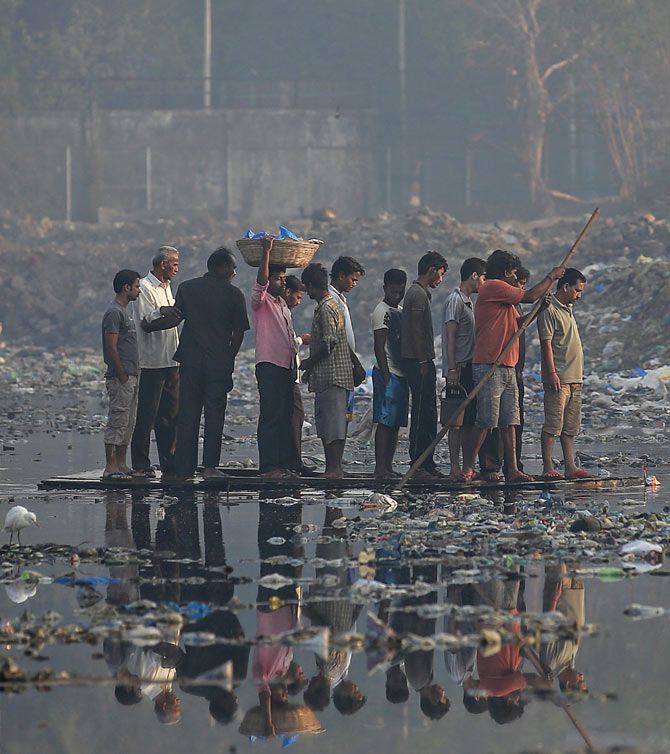
The fact is that not much has changed on the ground; rivers are still polluted; drains that bring waste from the cities are still full of muck. Toilets that are being built are only adding to the pollution. The fact is that toilets are mere receptacles to receive waste; when we flush or pour water, the waste flows into a piped drain, which could be connected, or not, to a sewage treatment plant. This STP could be working, or not.
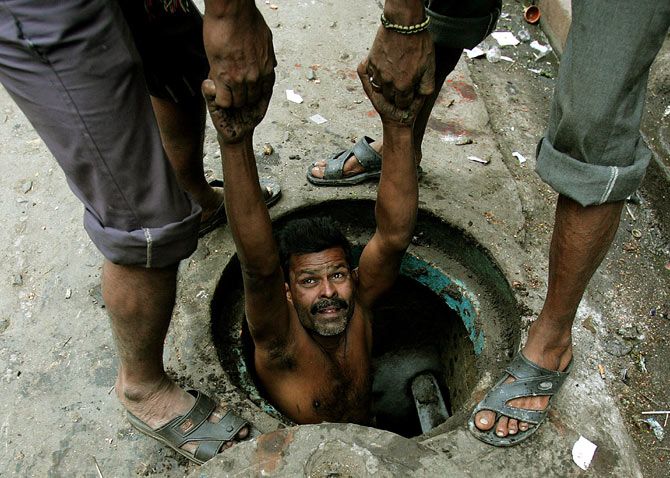
The key is to build toilets that work and toilets that are connected to systems that will safely dispose of human excreta so that it does not become another source of pollution and another source of bad health.
So, building toilets, however essential, must not be confused with sanitation.
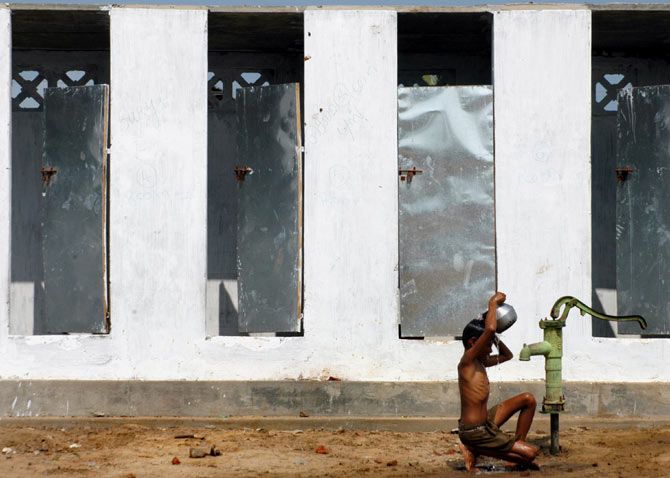
This is where the opportunity also lies in doing things differently. Till now, the paradigm for urban sanitation has been costly. It requires first the supply of water -- costly water as it is transported longer and longer distances. The more the water that is supplied, the more the sewage that is generated.
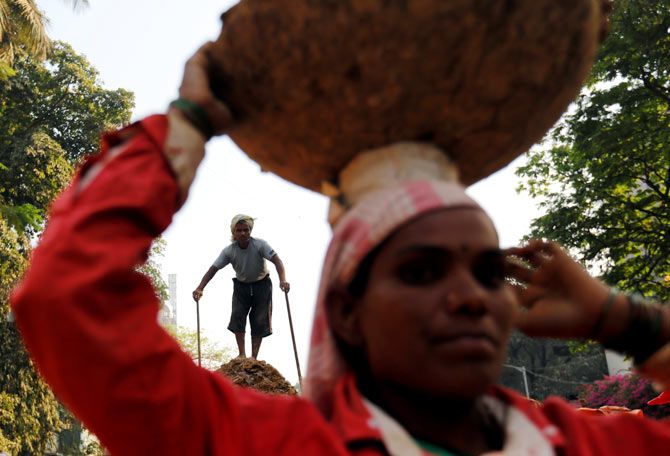
So, the next part is to build underground conveyance systems to connect each household and to transport the wastewater also longer and longer distances to sewage treatment plants so it is cleaned before discharge.
Even this is not enough.
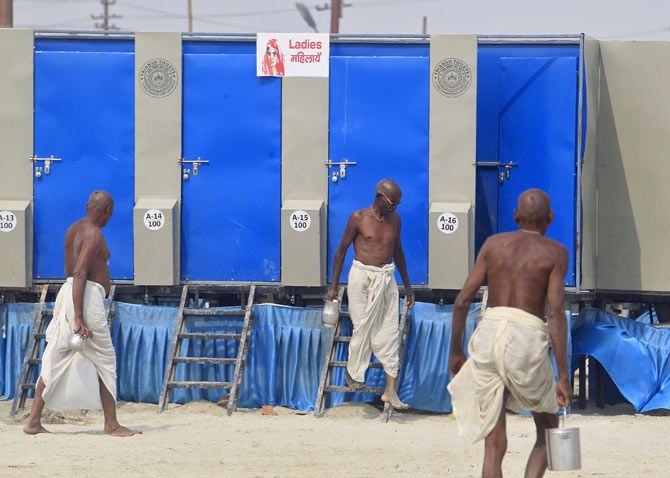
The fact is that our rivers have little clean water to assimilate even treated effluents. This means sewage treatment plants have to clean waste to near bathing water quality before release into rivers.
This never happens.

Pollution grows even as governments chase pipe-dreams of building more sewage treatment plants, underground drains, and toilets. It never adds up.
This approach also misses the opportunity.
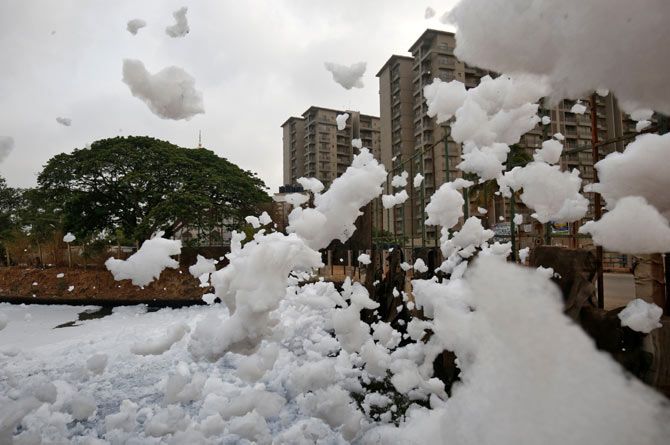
The city’s “shit-flow” diagram -- the map of the journey of sewage -- shows two realities.
One, almost no Indian city treats or safely disposes the bulk of the human excreta.
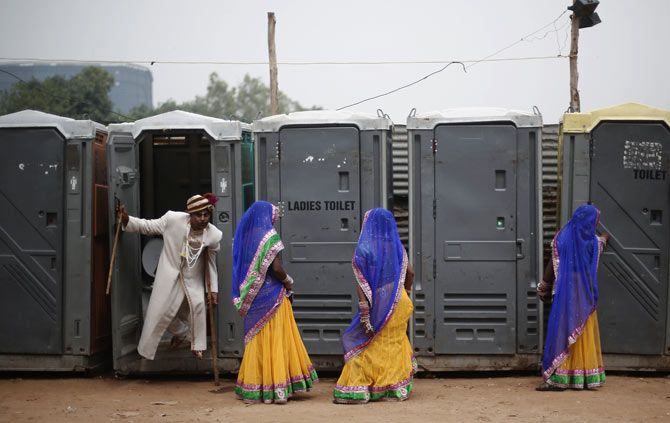
Two, most toilets in almost all cities are not connected to underground pipes, but to individual septic tanks. This is on-site treatment, which needs to be recognised and worked with.
In this case, the household flush or pour latrine is connected to a septic tank, which, if it is well constructed, will retain the sludge and discharge the liquid through a soak pit. The faecal sludge can be emptied and conveyed for treatment.
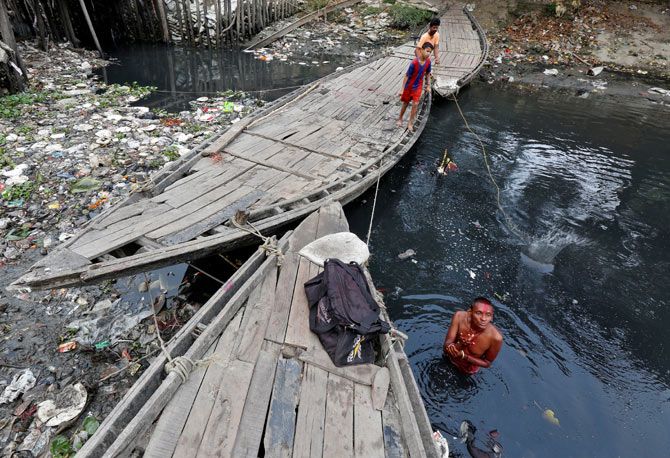
The system would work if the septic tank is built to specification; if the system for collecting the human excreta (faecal sludge) is regulated; and if the sludge, so collected, is taken to treatment points so that it can be made safe for reuse.
The fact is that sludge is nutrient-rich. Today, the global nitrogen cycle is being destroyed because we take human excreta, which is rich in nutrients and dispose it in water.
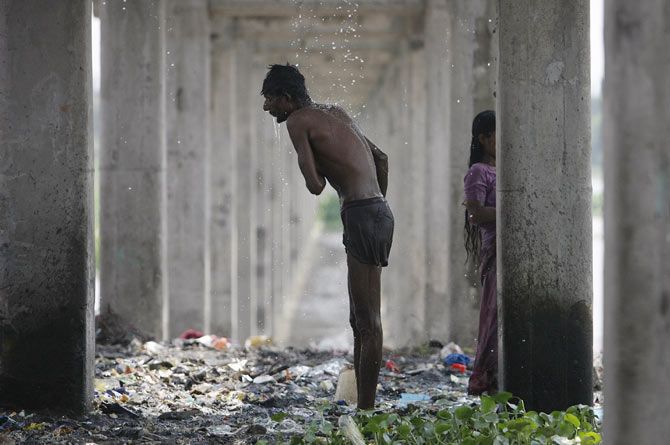
In this case, we can return the human excreta back to land, use it as fertiliser, and reverse the sanitation cycle.
The faecal sludge, after treatment, can be given to farmers and used as organic compost. Or, it can be treated and mixed with other organic waste -- like kitchen waste -- and used for biogas or to manufacture fuel pellets or ethanol.
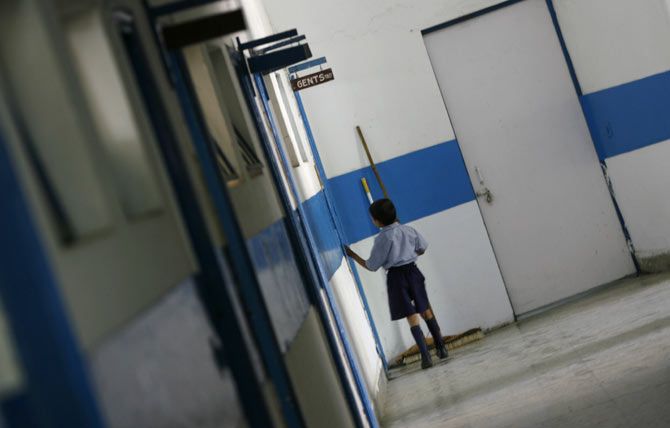
Governments are slowly beginning to realise that this is not yesterday’s system but can be re-engineered to work for today and tomorrow. Septic tanks are decentralised waste-collection systems. Instead of thinking of building an underground sewerage network -- that is never built or never completed -- it would be best to think of these systems as the future of urban sanitation.
After all, we have gone to mobile telephony, without the landline. Individual septic tanks could be the way to achieve full sanitation solutions.
The city’s sanitation plan must recognise that these systems exist and incorporate them for improvements. The key is to provide oversight to the building of these systems -- the codes exist, but they need to be implemented and structures certified. The most important is to provide minimal regulation for the collection and transportation of faecal sludge so that waste is taken for treatment and not dumped somewhere.
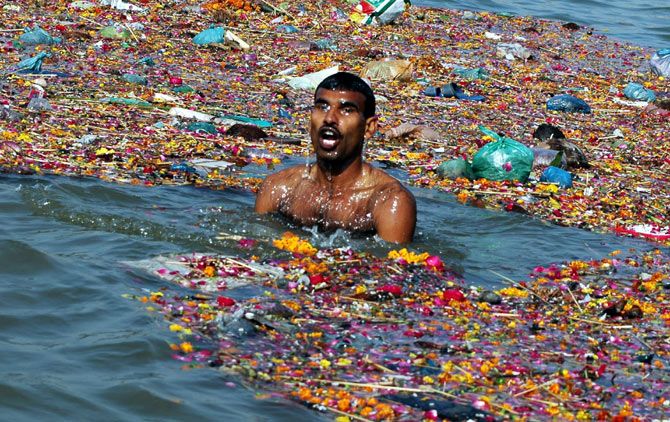
Today, there is a thriving, private but underground sewage collector’s tanker business. Today, the business is only about collection and not safe disposal. So, the faecal sludge is emptied into the nearest drain, river, lake, even a field or forest.
But the answer is not to destroy this business but to regulate it so that the waste is indeed collected and the waste is taken to treatment for re-use.
This system waste management is more affordable and so more sustainable. It provides employment in the business of cleaning waste. It provides sustainable solutions so that waste is not waste, it is a resource. This is our win-win. Our future’s solution. The river’s only hope.
The writer is at the Centre for Science and Environment. She can be contacted at sunita@cseindia.org. Twitter: @sunitanar